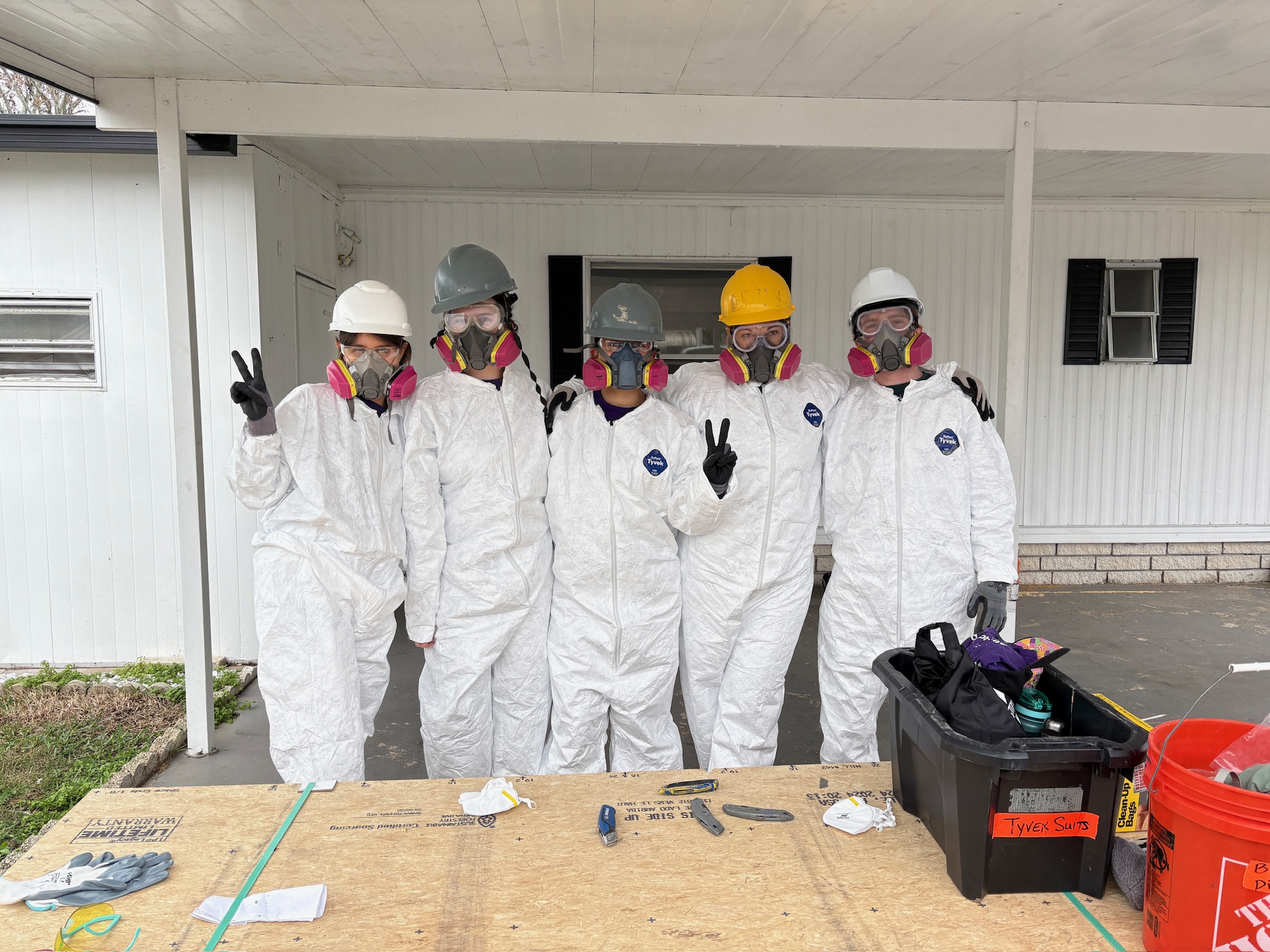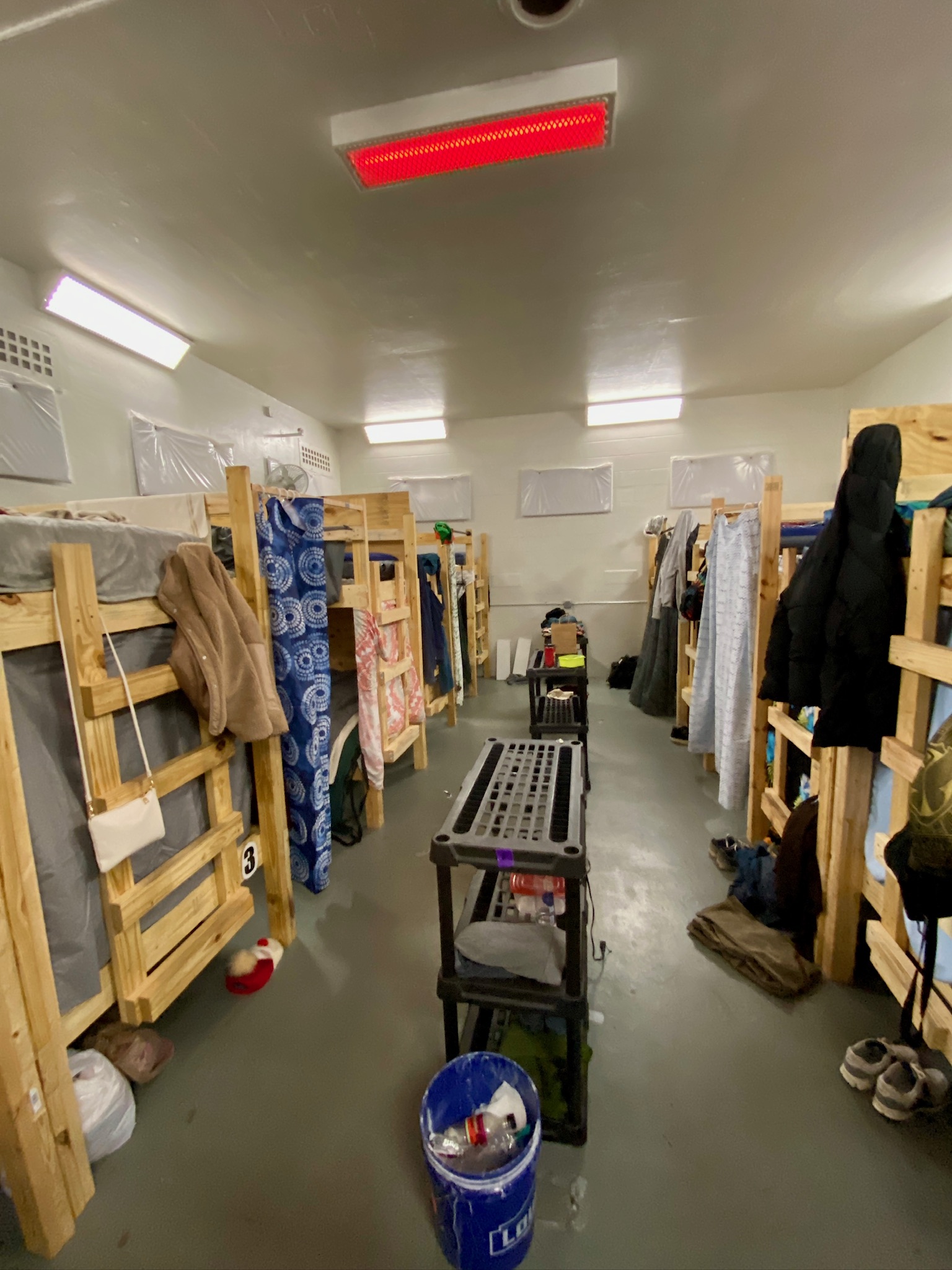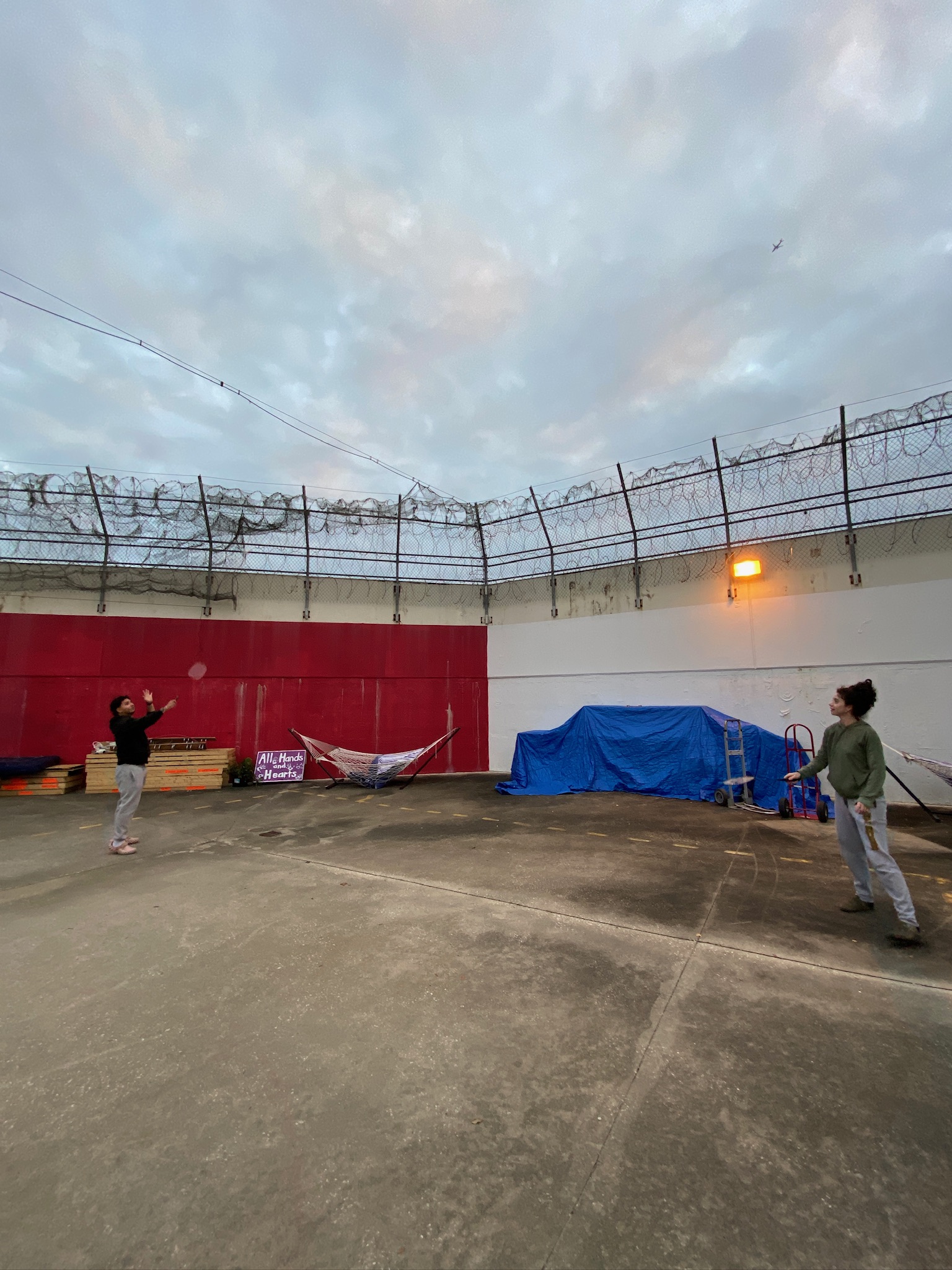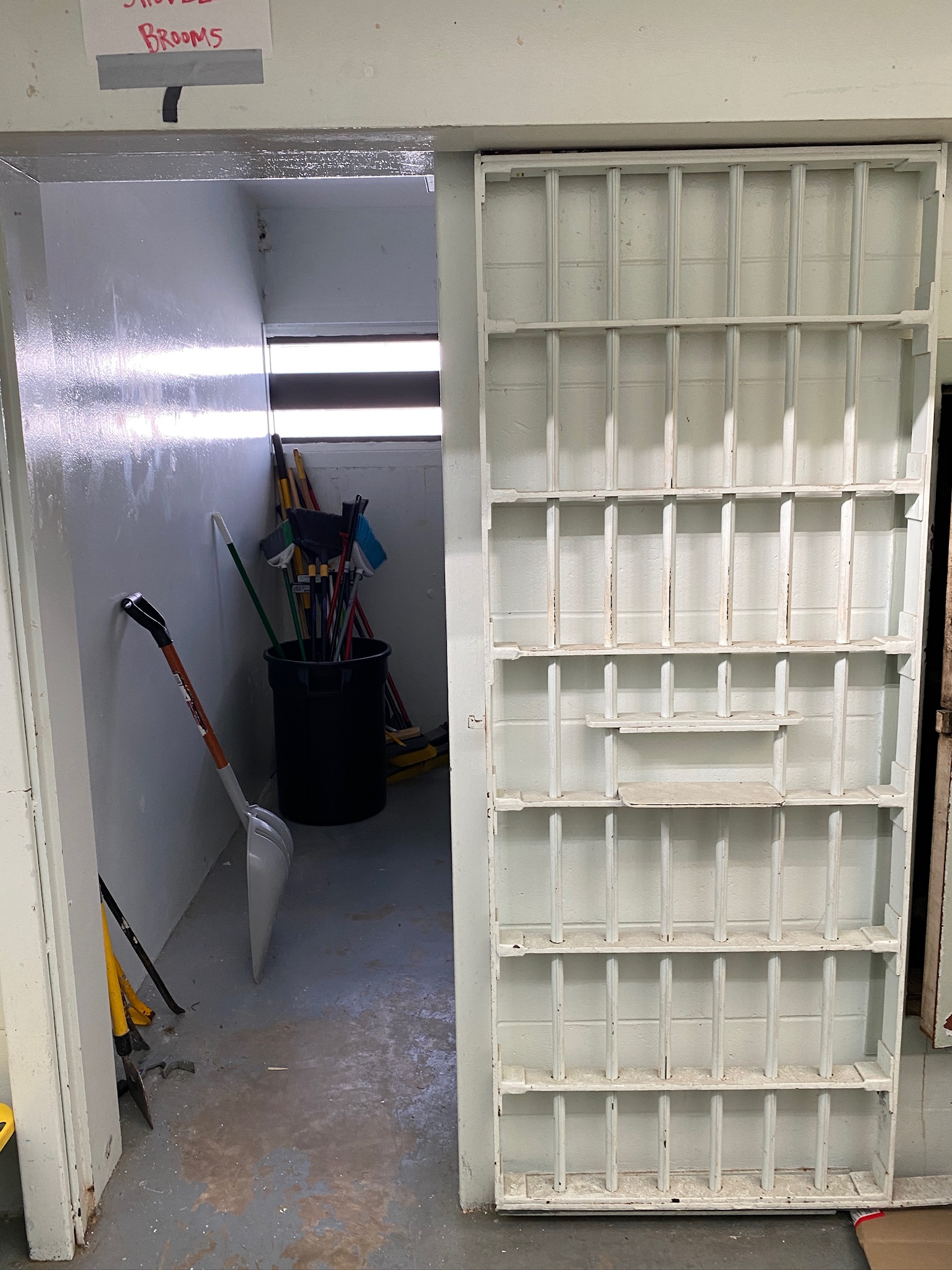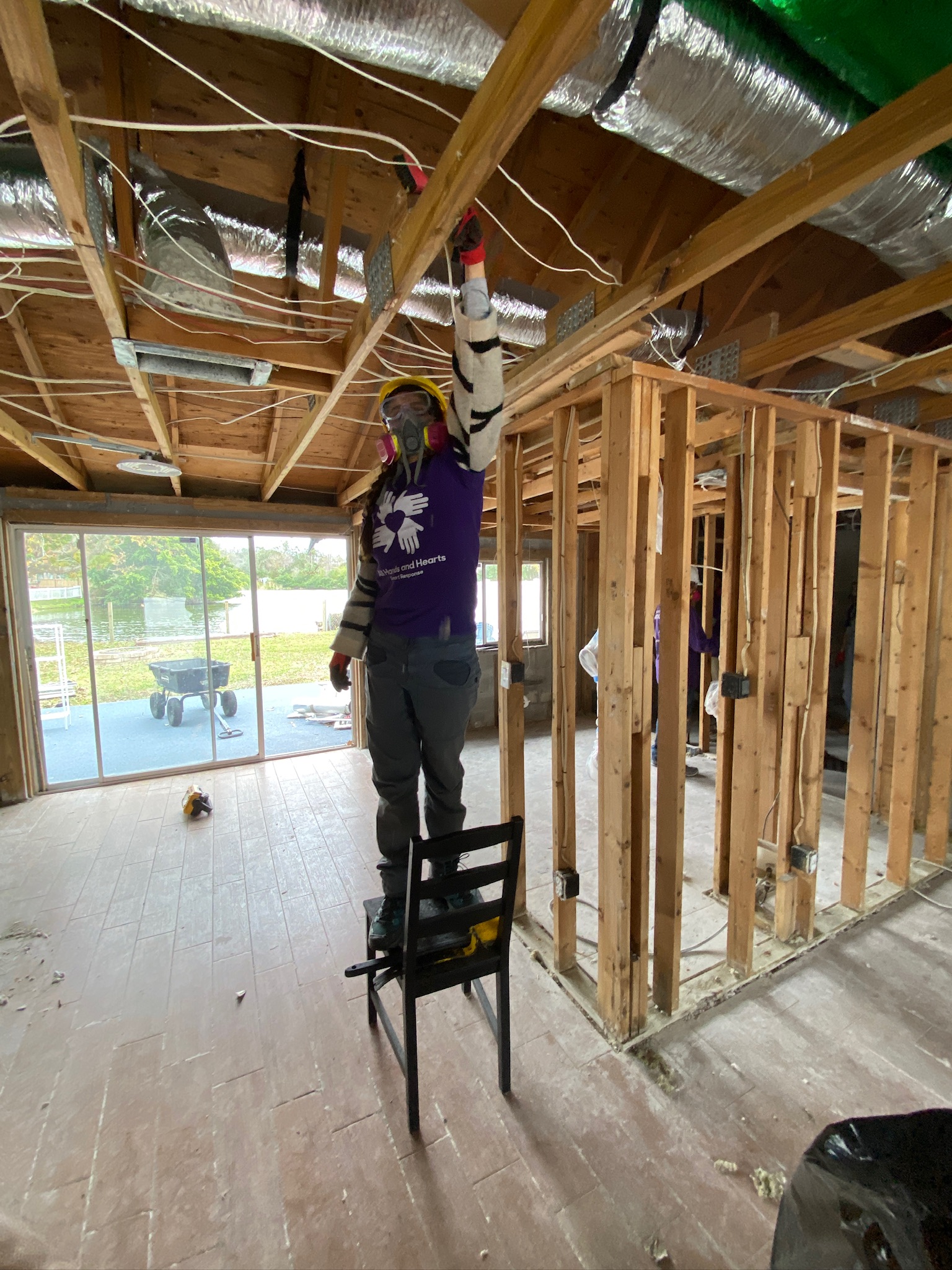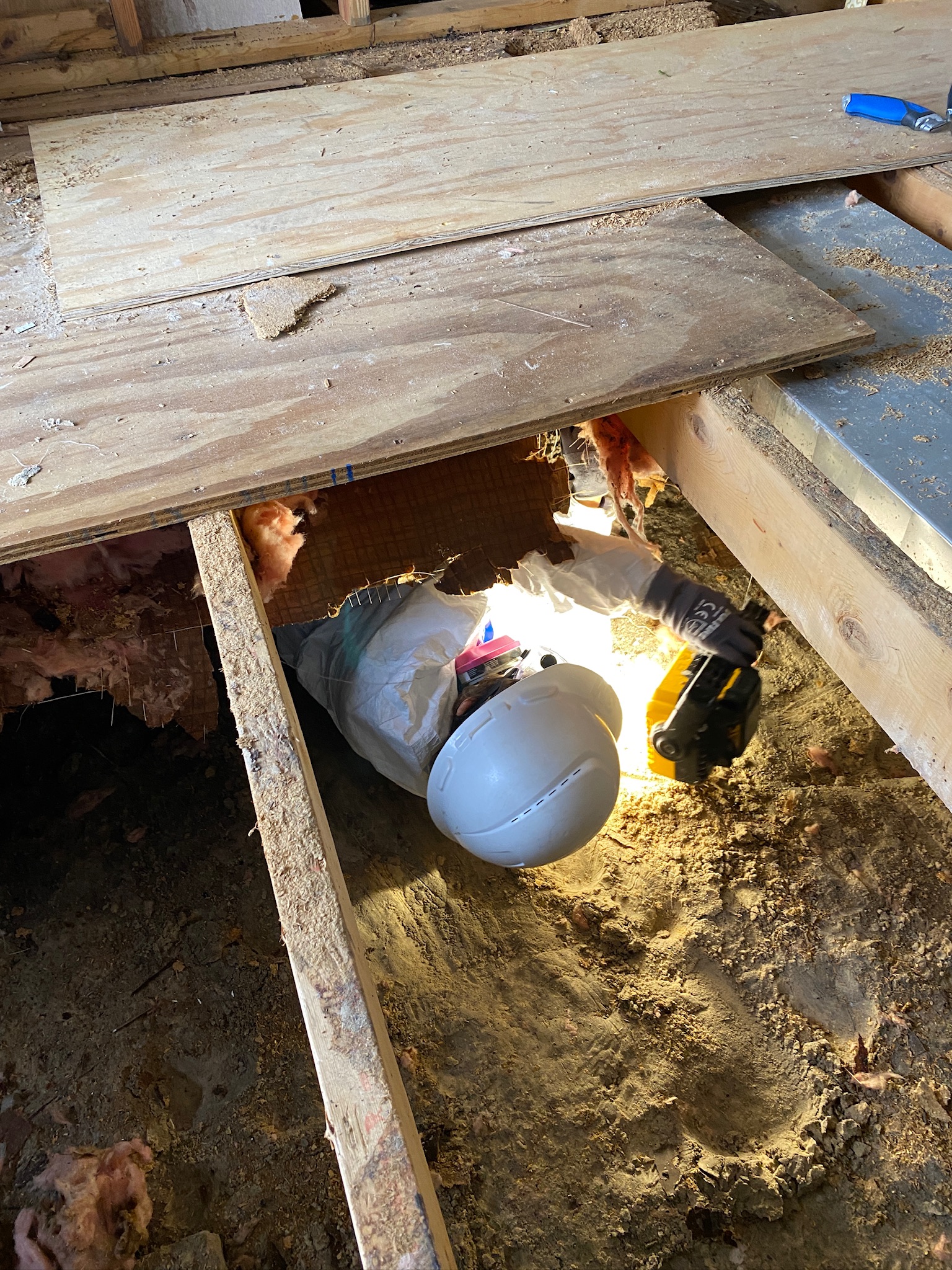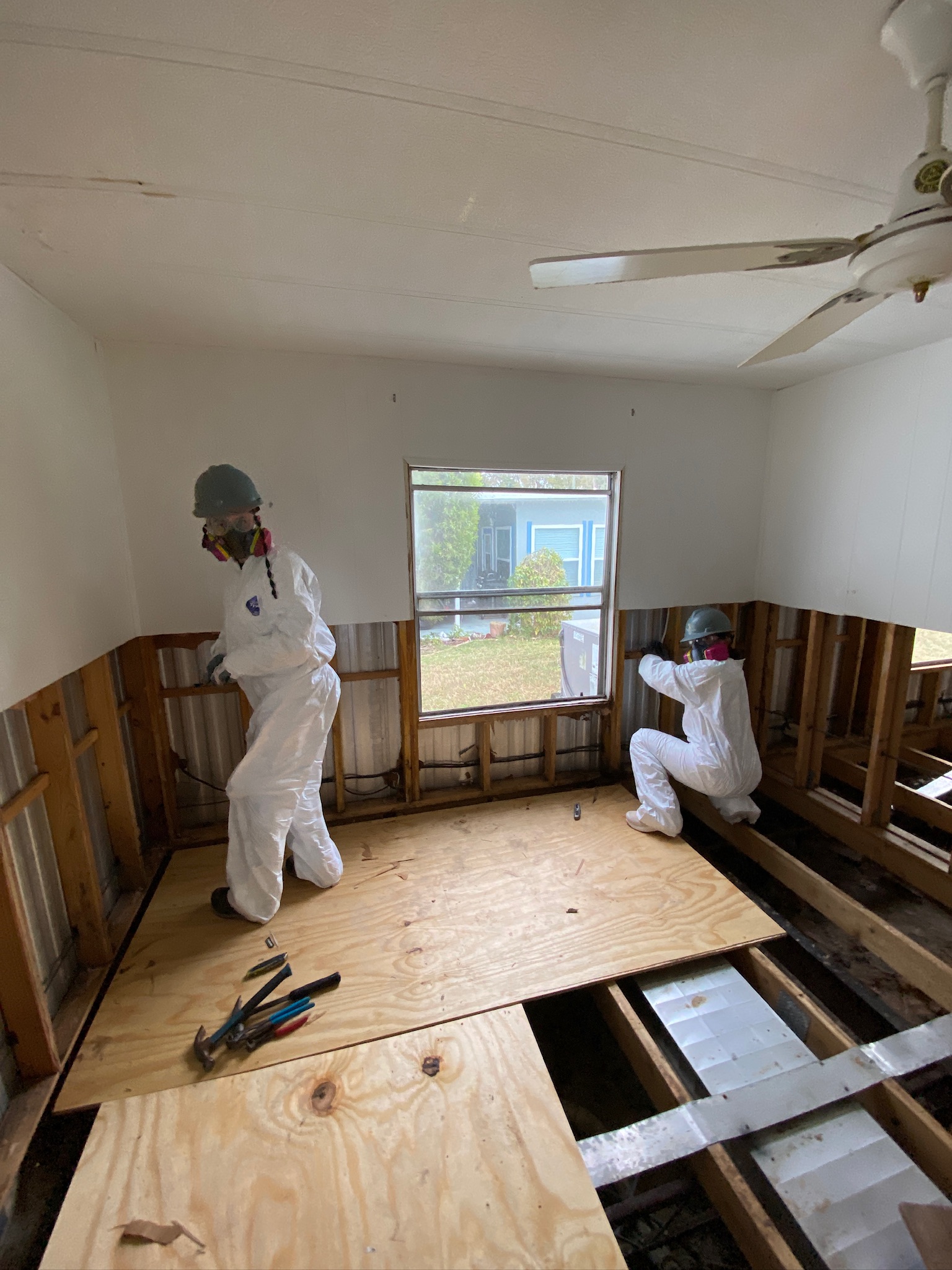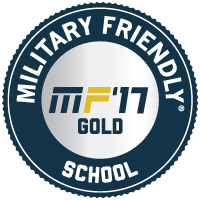Students from the Institute for Disaster Mental Health assist relief efforts following deadly storms
Eight SUNY New Paltz students traveled to New Port Richey, Florida, during the 2024-25 winter intercession to provide on-the-ground support to a city that is still recovering from the devastating Hurricane Milton, the second-most intense ever to hit Florida’s Gulf Coast.
Our students, along with two staff members from the University’s Institute for Disaster Mental Health (IDMH), volunteered with the non-profit All Hands and Hearts for seven days on a disaster recovery mission. They geared up every day in personal protective equipment, crawled into tiny crevices to prep homes for rebuilding, slept in a former prison with no hot water and responded to the emotional needs of enduring members of this community.
"Our volunteering wasn’t about manual labor, it was about community and sending a message saying ‘Hey, we are with you, we are volunteers and you’re not alone,’” said Daria Rudyk ’25g (Clinical Mental Health Counseling), a Graduate Assistant for IDMH.
The trip was made possible with support from the Anthony Brigandi Scholarship, which was created by Peter Brigandi ’92 (History) in memory of his brother, who died during Hurricane Sandy. To turn tragedy into triumph, the fund was designed to help more IDMH students delivering services to areas affected by a disaster.
This year’s response team also benefitted from the generosity of Woodland Pond, a senior living community in New Paltz that graciously provided a van and driver at no cost, and the University’s Center for International Programs, which further offset costs not covered by the scholarship.
The joint effort resulted in the continued revival of volunteer work through IDMH since the pandemic. SUNY New Paltz students have previously done service in Texas after Hurricane Harvey and in Puerto Rico after Hurricane Maria, to name a couple.
“We are building back up our relationships that have been dormant,” said Anastasia Shown, Special Programs Manager for IDMH, a lecturer for Counselor Education and one of the staff members on the trip.
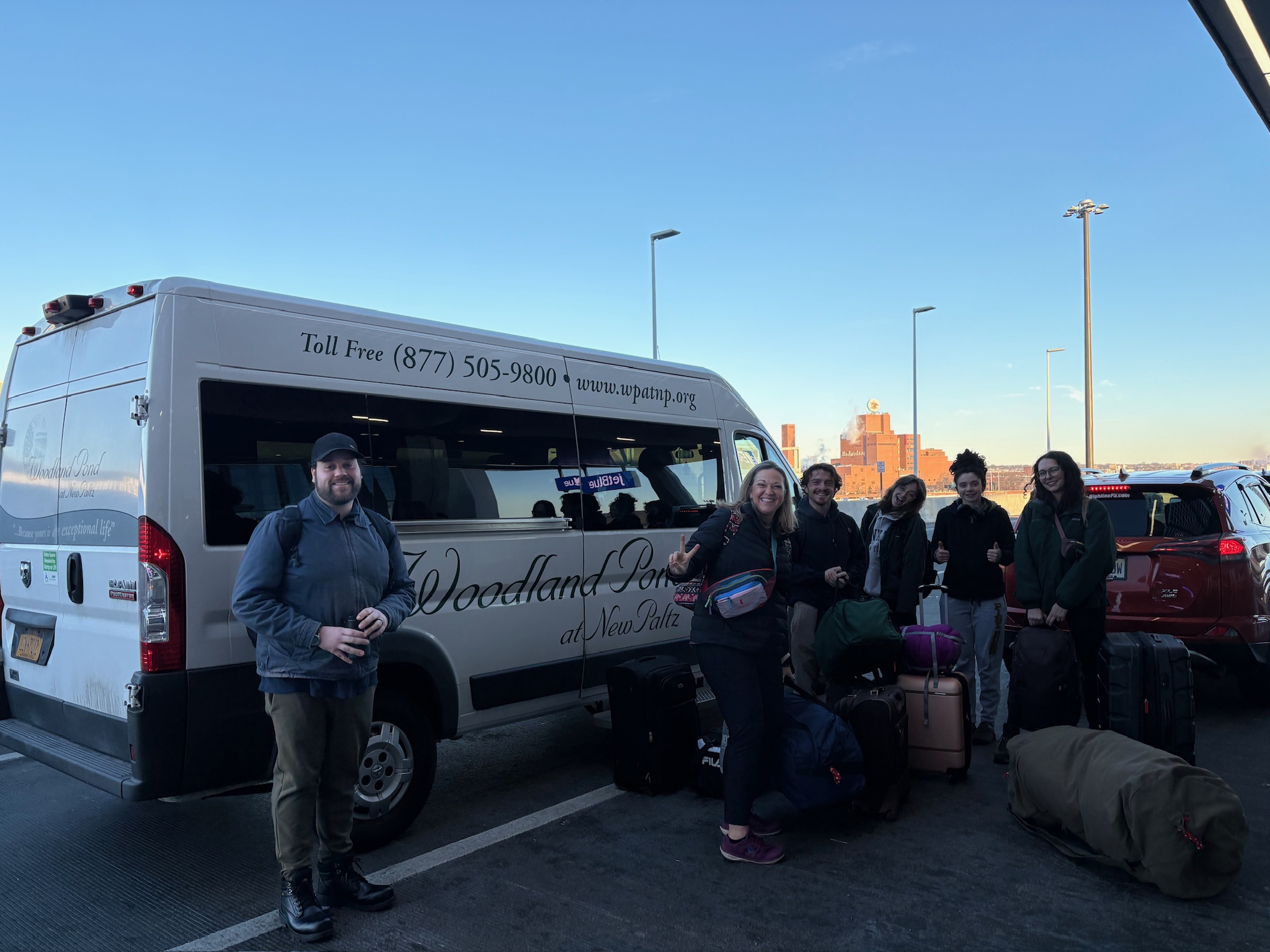
Organizing the trip
All Hands and Hearts has a long-standing commitment to Florida and North Carolina, which strained its response efforts after the dual impact of Hurricanes Milton and Helene in fall 2024. The unprecedented situation opened the door for an expanded partnership with the Institute for Disaster Mental Health.
"It’s true that people forget about these disasters,” said Shown. “It’s a good reminder that people still need to check in on these communities and that it’s going to take years to clean up the damage from some of these hurricanes.”
Shown and IDMH Program Manager Andrew O'Meara led the trip over winter break, sending out a form to disaster studies minors, counselor education students, and students in the Advanced Certificate in Trauma and Disaster Mental Health. With a group of eight students, they were ready to go.
Challenging work in Florida
Professional disaster responders learn quickly that each situation is unique, and you need to be prepared for anything. Heading into the trip, the team only knew for sure that this would not be easy work.
The group’s base site was a decommissioned prison in Florida with no heat or hot water, during a stretch of unseasonable cold with lows in the 30s, requiring extra blankets to sleep comfortably. They slept on bunk beds with porta potties in the parking lot outside and a handwashing station with ice-cold water.
Working alongside retirees, construction workers and other volunteers, the New Paltz students stayed energized and positive by sharing stories at their site and on the job about other volunteer efforts, unique career paths and more.
Every day, the group was divided into four teams with team leaders to complete different work. The goal was to gut houses that had significant water damage, some that even had up to six feet of water in them, with an ultimate goal of helping them be rebuilt.
“I was responsible for removing insulation with fiberglass under the houses, and it was very tough work,” said Rudyk. “You’re under the house in a very small space, you cannot move and there is fiberglass everywhere.”
After each home was gutted, the group did sanitation work to shock the building with anti-mildew chemicals.
"I don’t always do a lot of physical labor, but it was nice to be active and help others,” said Hailey Cunningham ’25 (Sociology), who is minoring in disaster studies. “All of the projects I worked on ended up being completed. It was rewarding to know that I helped people when they needed it the most.”
Perspectives from IDMH
The physical labor may or may not be the expertise of SUNY New Paltz students and staff, but they were ready to dive in to make a difference either way.
Where our students and staff really shined was when it came to the potentially more challenging conversations with homeowners.
"We have to meet people where they are, and part of recovery is having some autonomy and agency over your own life,” said Shown. “If we go in as volunteers and just take that away from people, we’re not helping people heal, and if they’re not healed, they’re not going to be prepared to get their life back together.”
The IDMH’s focus on the mental health needs of disaster survivors equipped the New Paltz team with the unique set of skills to help navigate these difficult situations. In one instance, when a homeowner grew upset seeing her things be thrown away, our students were able to take the lead and bridge the gap between other volunteers and these individuals who are going through a roller coaster of emotions.
“We explained to the group that they’re not going to be doing hard labor all day, they might just be going through photo albums, or going through a closet, and talking to the homeowner with each item before throwing it out,” said Shown. “It might not be a super active workday, but it is really important in the long run for making sure this woman can survive.”
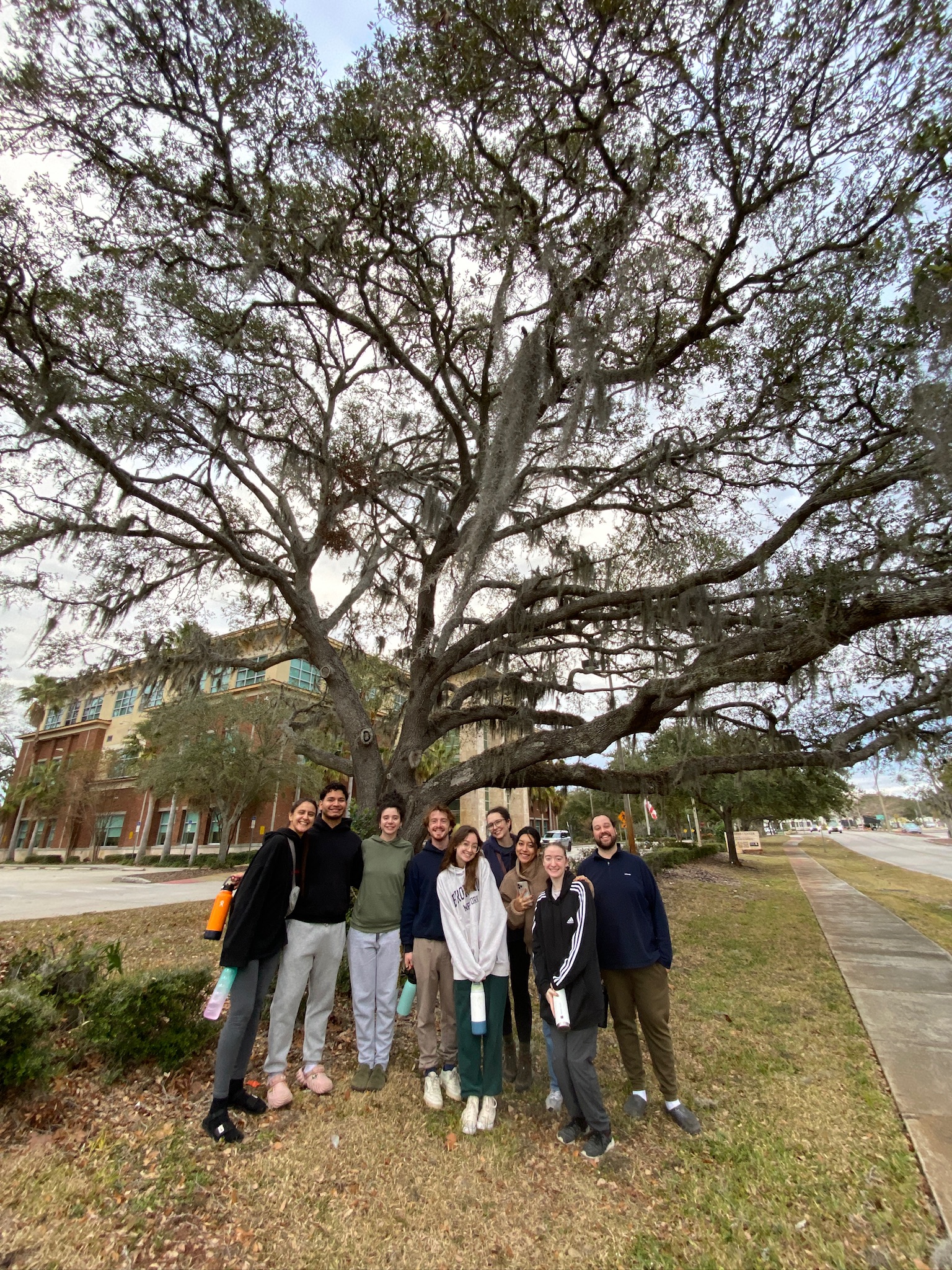
The impact of disaster relief work
"This is the kind of stuff you can’t teach in a class,” said Shown. “You have to see it.”
Cunningham said that was the exact reason she said yes to the trip: “I wanted to see if it’s something I would want to get involved in after graduation.” Rudyk agreed, stating that she would now feel more confident in working with people who went through a disaster after seeing it first-hand.
And while the cameras and reporters have long since departed and the news cycle continues to turn, the real struggle persists in the quiet months after a disaster, when global attention fades but the work of rebuilding remains. It can take years to clean up damage from some hurricanes – years during which this disaster will continue to impact hundreds of lives, the emotional scars left behind when, as in one example, a family hides for hours in an attic crawl space until a boat arrived to bring them to safety. When the team was working on rebuilding that family’s house, the husband came to share that their second baby was born that day.
"In one week, we saw the range of emotions that a community can have months after a disaster,” said Shown.
When groups come together to volunteer, it can make a significant difference. Everyone is in the same space for a common goal. And while they are giving back to a community, they are also building community amongst themselves. Every night the volunteers wrote in an appreciation book to shout each other out.
Continuing IDMH opportunities
Shown says that IDMH plans to support more regular offerings of trips like this one.
But that is not the only thing IDMH is offering for students. This year, IDMH is once again including the Red Cross disaster mental health training within the Disaster Counseling and Crisis Intervention course, a core course of the Advanced Certificate in Trauma and Disaster Mental Health. This training will prepare students to deploy as disaster mental health volunteers with the Red Cross.
It is a model that will build an ongoing relationship with the Red Cross, but more importantly, it is helping equip our students with the tools to navigate disaster.
"SUNY New Paltz students are ready to help,” said Shown.

